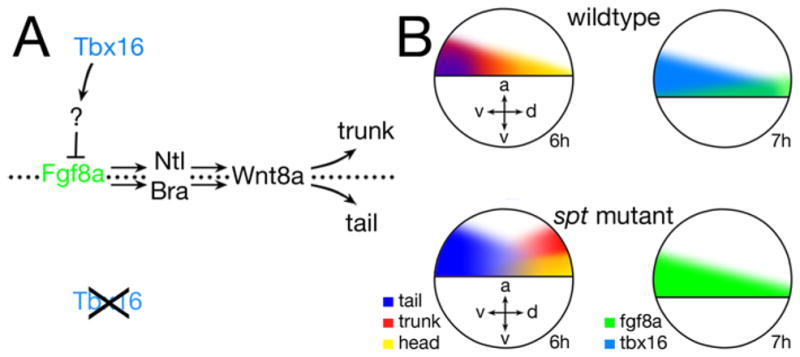Figure 9. Tbx16 regulates posterior body formation via regulation of Fgf8a.

(A) The presence and absence of Tbx16 activity. Fgf8a signaling activity normally induces Ntl and Bra, which together act to maintain Wnt8a and Wnt3a signals thereby causing cells to persist in a progenitor stem cell state conducive to becoming tail. Tbx16, likely through an intermediary (?), represses Fgf8a production. Where there is no Fgf8a signal, Ntl and Bra are not induced and Wnt8a and Wnt3a signals are not maintained allowing mesodermal precursors to differentiate and become trunk.
(B) Comparison of the gastrula fate map for head, trunk and tail to fgf8a and tbx16 transcript distribution in wildtype versus spt mutant. fgf8a expression is biased to the dorsal side in wildtype, whereas tbx16 expression is biased to the ventral side. In spt mutants where there is no tbx16 activity, fgf8a expression occupies the tbx16 expression domain and tail fates expand into the trunk domain whereas trunk fates now derive dorsally and more animally, correlating to where the least amount of fgf8a expression occurs. Axes: dorsal-ventral (d-v), and animal vegetal (a-v).
